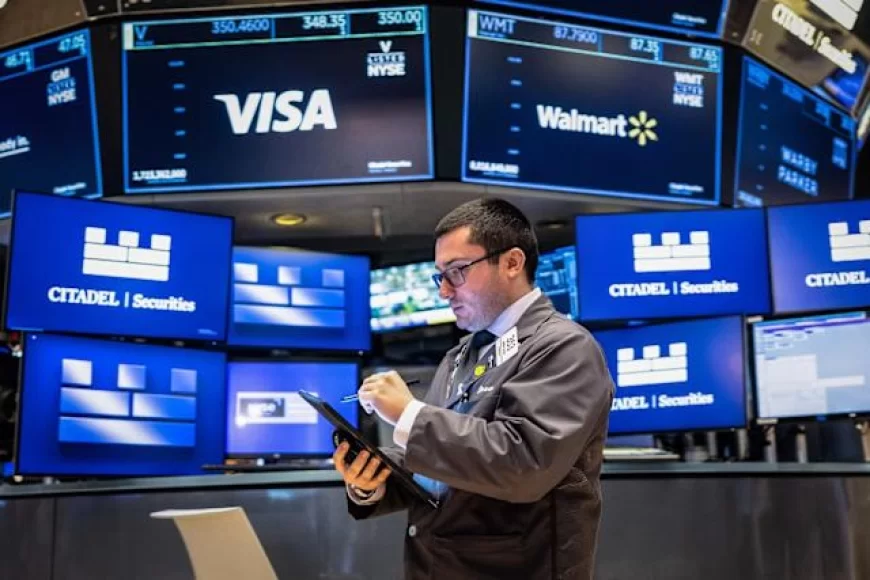Global Markets Slide After Trump’s Surprise Tariff Move, Sparking Fears of a Trade War
Global financial markets took a heavy blow on April 4, 2025, after U.S. President Donald Trump unexpectedly announced a new wave of tariffs on a broad range of international imports.

The decision sent shockwaves through investor communities around the world, reviving fears of a large-scale trade war that could further destabilize an already fragile global economy.
In a televised address from the White House, Trump revealed that the new tariffs would target major sectors such as steel, aluminum, electronics, and consumer goods. The move, which took immediate effect, was positioned as part of the administration’s efforts to promote fair trade and reduce America’s trade deficit. However, the sudden nature and wide scope of the announcement left markets reeling, with investors bracing for potential retaliation from major U.S. trading partners like China, the European Union, and India.
The market reaction was swift and sharp. In the UK, the FTSE 100 index plunged over 3%, marking one of its worst single-day performances in months. Across the Atlantic, the S&P 500 fell by 2.5%, with globally connected companies like Apple, Boeing, and Caterpillar seeing significant losses due to fears of supply chain disruptions. Japan’s Nikkei 225 dropped more than 2%, while Germany’s DAX fell by 2.3%. In India, the Sensex also ended the day in the red, hurt not only by global uncertainty but also by rising domestic inflation and foreign investor pullback.
Economists are raising red flags over the timing of these tariffs. Many countries are already struggling with slow economic growth, and central banks are trying to strike a delicate balance between controlling inflation and supporting recovery.
Julia Marks, senior economist at Global Insights, cautioned that we could be witnessing the beginning of a global tit-for-tat trade conflict. “If countries like China, the EU, or India decide to hit back, we might be heading into a synchronized global slowdown,” she said.
The impact wasn’t limited to equities. The U.S. dollar initially strengthened as investors sought safety, but those gains were short-lived as concerns about the country’s export potential started to mount.
Oil prices dropped sharply, with Brent crude falling by 2%, driven by worries about reduced industrial demand. Meanwhile, gold prices edged higher, with investors turning to the traditional safe haven in the face of mounting volatility.
Global responses to the U.S. action have so far been measured but tense. Leaders from the European Union, China, and Canada issued cautious statements, indicating they are reviewing the situation and may consider countermeasures. China’s Ministry of Commerce labeled the tariffs as “unilateral and irresponsible,” hinting at the possibility of retaliatory actions in the near future.
As the world watches closely, central banks and policymakers may be forced to rethink their strategies if the trade tensions persist. A drawn-out economic standoff could complicate efforts to manage inflation, interest rates, and unemployment, potentially leading to broader consequences for businesses and consumers across the globe.

